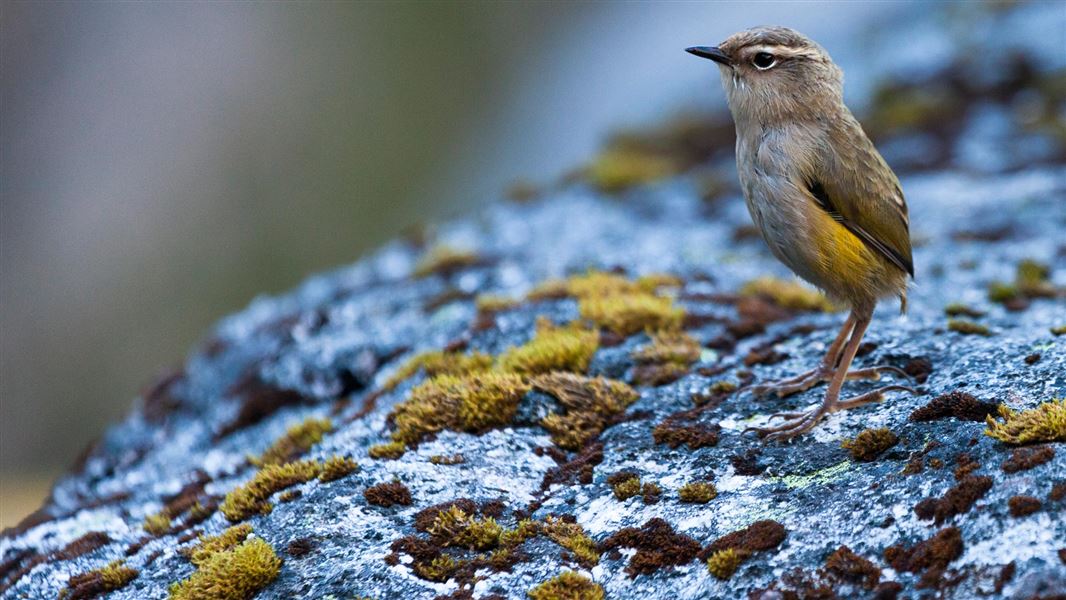New Zealand has many unique native fish, insects, birds, lizards and frogs. Our only native mammals are bats and marine mammals.
The native flora of New Zealand is unique as it evolved in isolation for millions of years.
New Zealand's unique biodiversity is at risk from pests, weeds and other threats.
Habitats are the environments in which particular plants and animals live.
Learn about New Zealand's precious biodiversity and the Te Mana o te Taiao – Aotearoa New Zealand Biodiversity Strategy 2020.
The conservation status of a species is a forecast based on observed trends and likely pressures.
iNaturalist NZ and other sites can help you to identify a plant or animal species.
